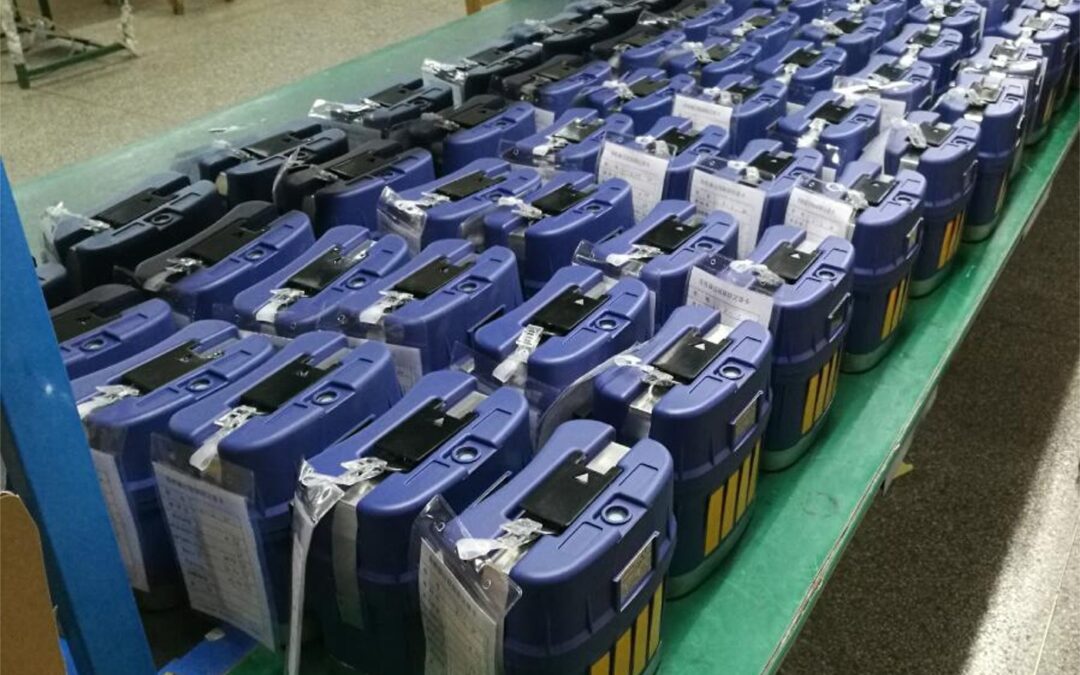
by Jan Willem Bech | Database OX CHN
cn Self rescue system for mine-rescue A Self Rescue breathing apparatus is an essential safety device used in mines and other hazardous environments. Its function is to provide miners with a reliable and temporary breathing solution in emergency situations where the...
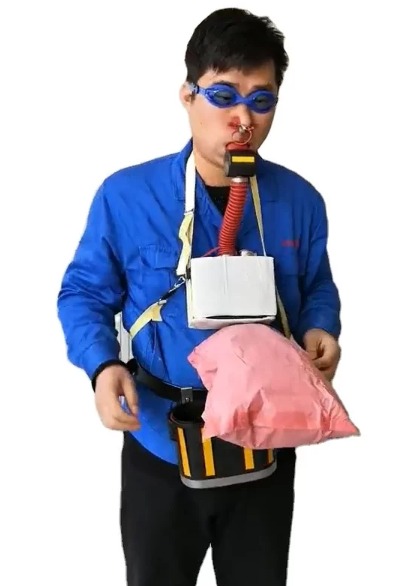
by Jan Willem Bech | Database OX CHN
cn Self rescue system for mine-rescue A Self Rescue breathing apparatus is an essential safety device used in mines and other hazardous environments. Its function is to provide miners with a reliable and temporary breathing solution in emergency situations where the...
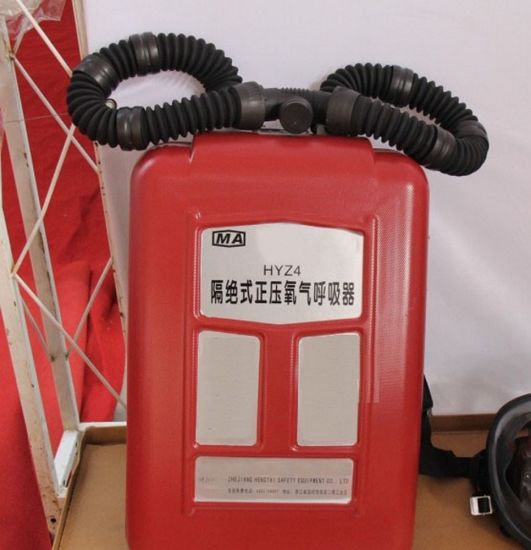
by Jan Willem Bech | Database OX CHN
cn Closed circuit breathing system for mine-rescue HYZ4 Air Respirator For Mining is a positive pressure breathing apparatus which is a device used for mine rescue team members in the rescue work for personal respiratory protection. For mine rescue team members, the...
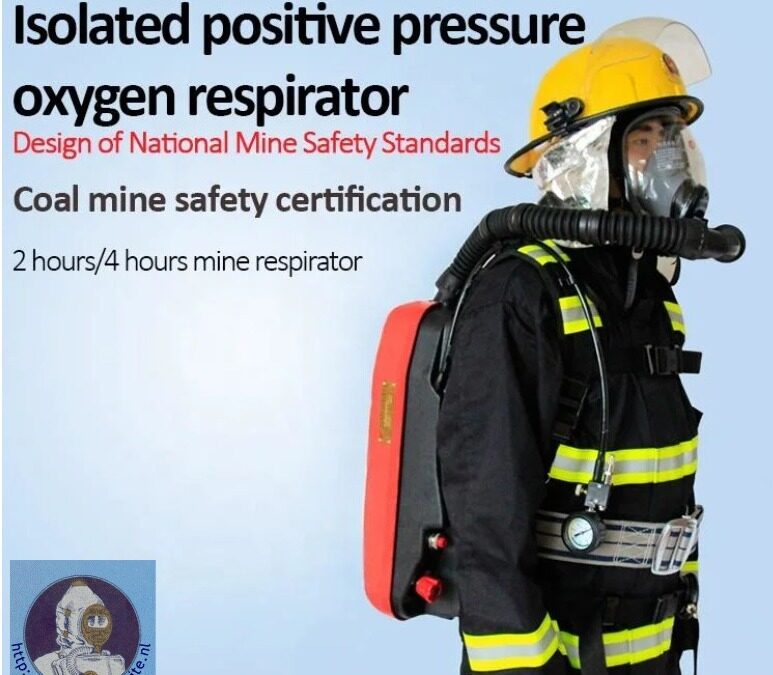
by Jan Willem Bech | Database OX CHN
cn Closed circuit breathing system for mine-rescue HYZ2 Air Respirator For Mining is a positive pressure breathing apparatus which is a device used for mine rescue team members in the rescue work for personal respiratory protection. For mine rescue team members, the...
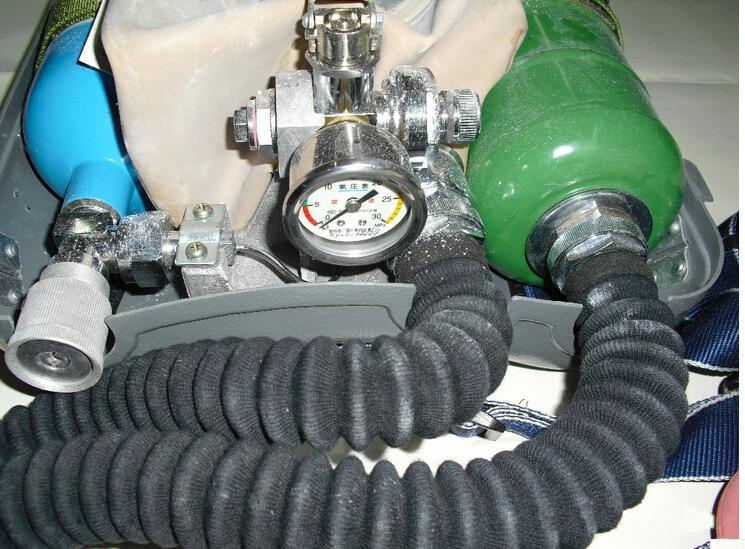
by Jan Willem Bech | Database OX CHN
cn Closed circuit breathing system for mine-rescue China, as one of the world’s largest producers of coal and other minerals, has a vast mining industry. With this industry comes inherent risks, including the occurrence of mining accidents that can lead to...
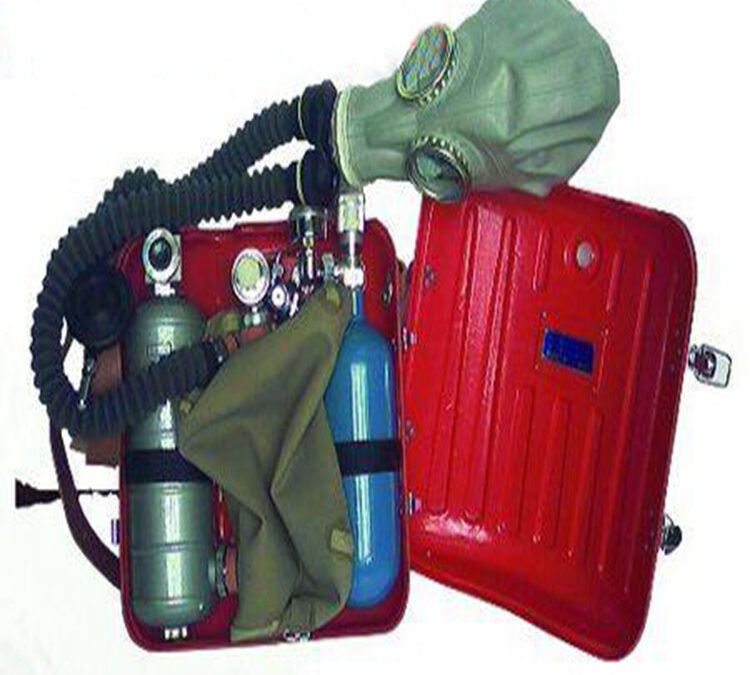
by Jan Willem Bech | Database OX CHN
cn Closed circuit breathing system for mine-rescue China, as one of the world’s largest producers of coal and other minerals, has a vast mining industry. With this industry comes inherent risks, including the occurrence of mining accidents that can lead to...
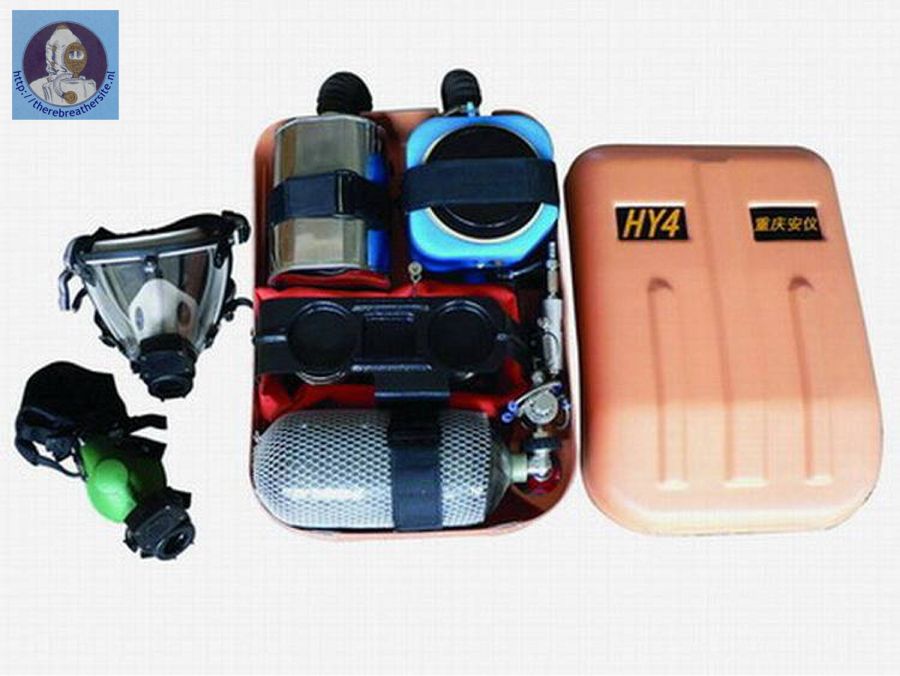
by Jan Willem Bech | Database OX CHN
cn Closed circuit breathing system for mine-rescue China, as one of the world’s largest producers of coal and other minerals, has a vast mining industry. With this industry comes inherent risks, including the occurrence of mining accidents that can lead to...
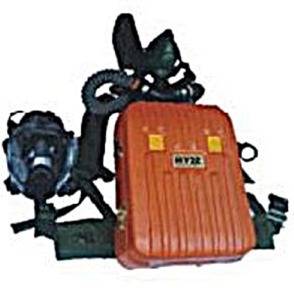
by Jan Willem Bech | Database OX CHN
cn Closed circuit breathing system for mine-rescue China, as one of the world’s largest producers of coal and other minerals, has a vast mining industry. With this industry comes inherent risks, including the occurrence of mining accidents that can lead to...
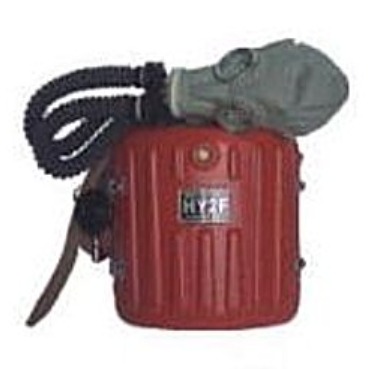
by Jan Willem Bech | Database OX CHN
cn Closed circuit breathing system for mine-rescue China, as one of the world’s largest producers of coal and other minerals, has a vast mining industry. With this industry comes inherent risks, including the occurrence of mining accidents that can lead to...
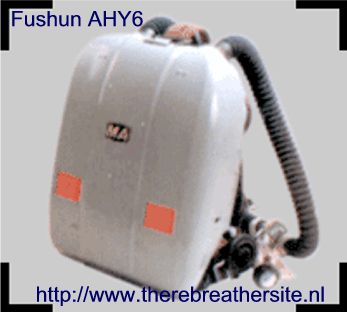
by Jan Willem Bech | Database OX CHN
cn Closed breathing system for mine-rescue China, as one of the world’s largest producers of coal and other minerals, has a vast mining industry. With this industry comes inherent risks, including the occurrence of mining accidents that can lead to entrapment,...
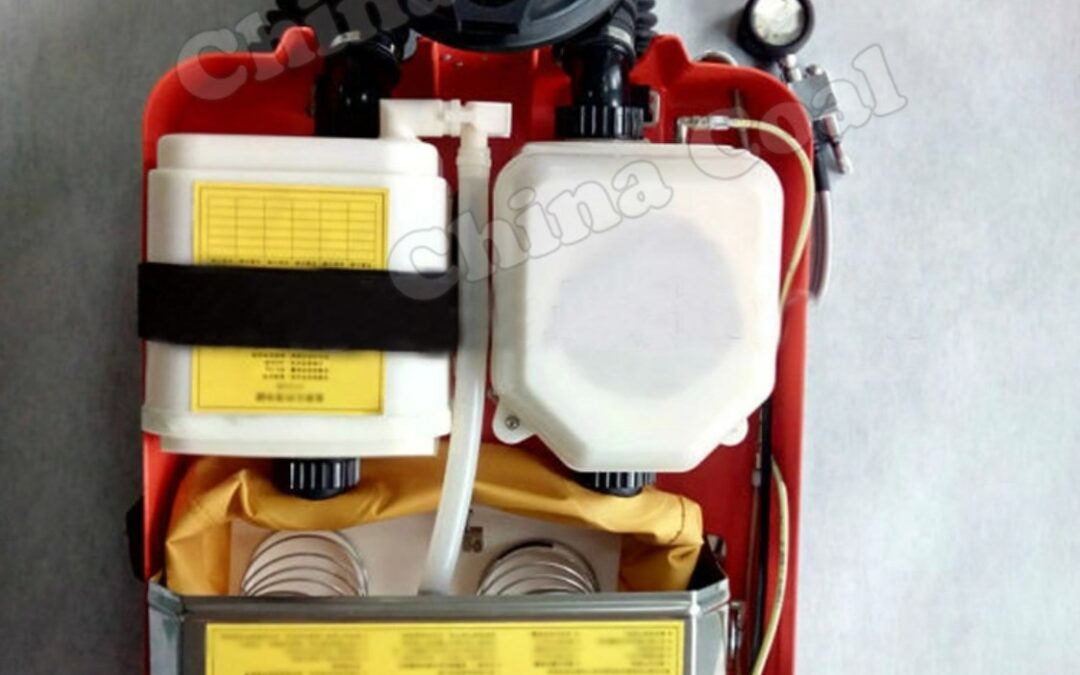
by Jan Willem Bech | Database OX CHN
cn Closed breathing system for mining rescue China, as one of the world’s largest producers of coal and other minerals, has a vast mining industry. With this industry comes inherent risks, including the occurrence of mining accidents that can lead to entrapment,...
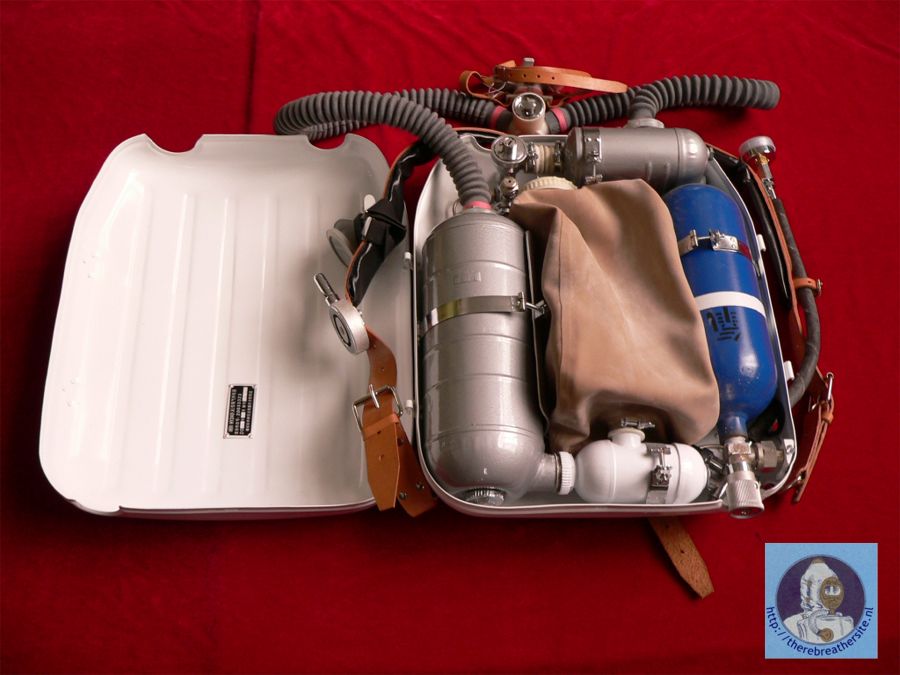
by Jan Willem Bech | Database OX CHN
cn Closed breathing system for mining rescue China, as one of the world’s largest producers of coal and other minerals, has a vast mining industry. With this industry comes inherent risks, including the occurrence of mining accidents that can lead to entrapment,...
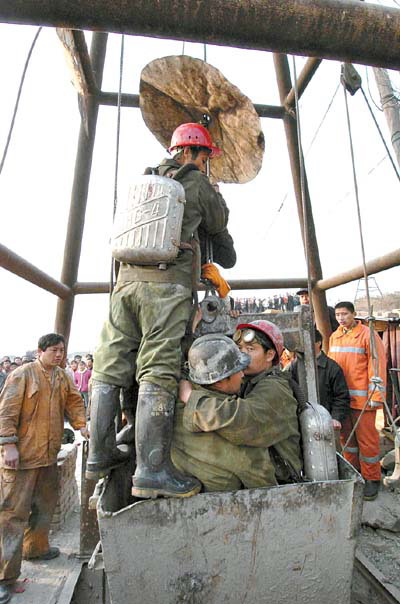
by Jan Willem Bech | Database OX CHN
cn Closed breathing system for mining rescue China, as one of the world’s largest producers of coal and other minerals, has a vast mining industry. With this industry comes inherent risks, including the occurrence of mining accidents that can lead to entrapment,...
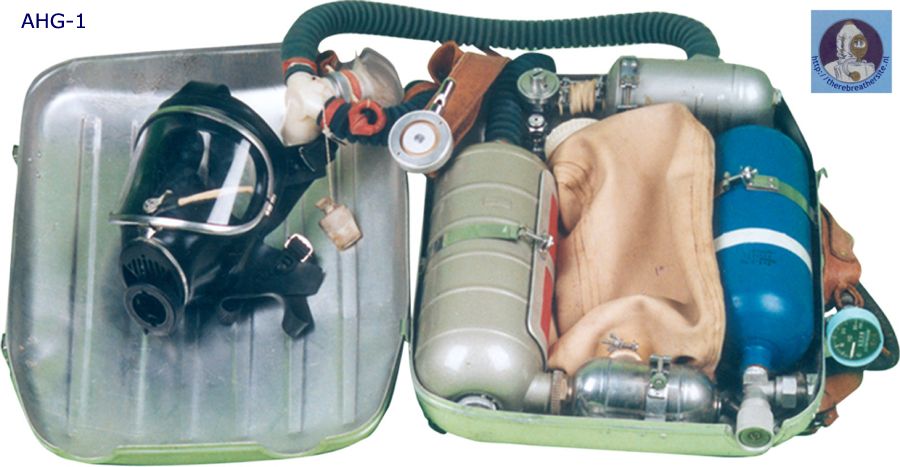
by Jan Willem Bech | Database OX CHN
cn Closed breathing system for mining rescue China, as one of the world’s largest producers of coal and other minerals, has a vast mining industry. With this industry comes inherent risks, including the occurrence of mining accidents that can lead to entrapment,...
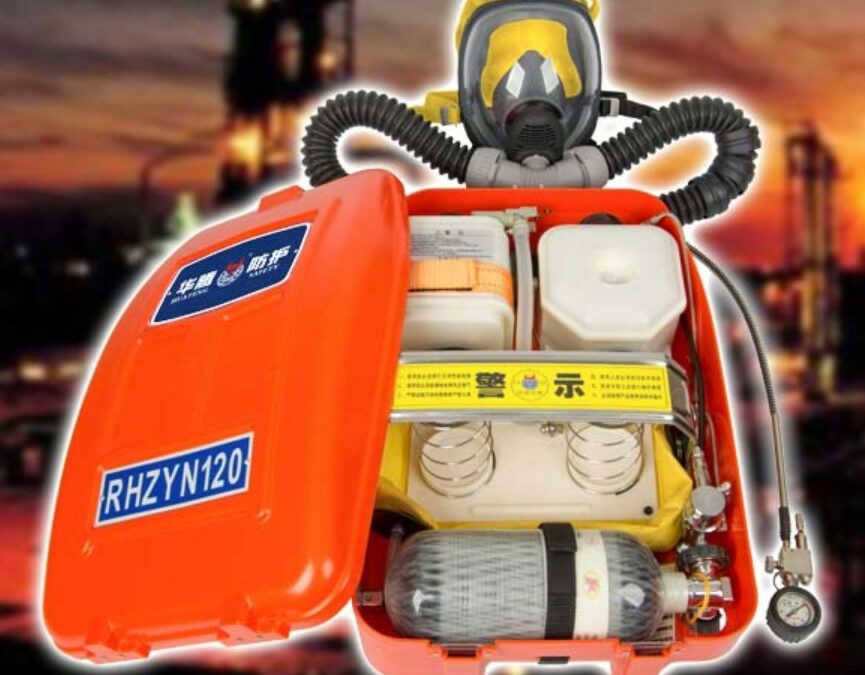
by Jan Willem Bech | Database OX CHN
cn Model RHZYN 120 and 240 Fushun Huateng’s closed breathing systems model RHZYN 120 and 240 are closed breathing systems for application in fire and mining rescue. The systems are manufactured and also sold commercially by the government-owned Fushun Huateng...
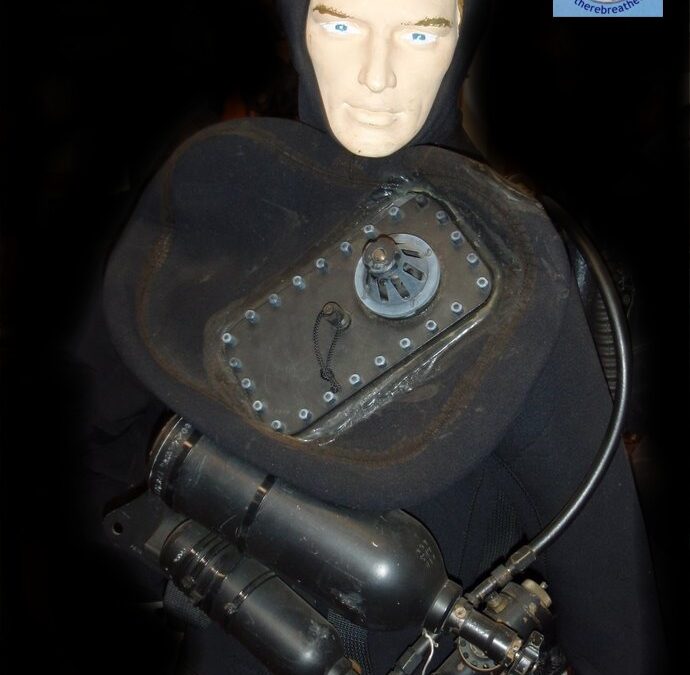
by Jan Willem Bech | Database OX unknown
? This old rebreather This unknown model has not been recognized until today This looks like a modified system?? This system looks different but was send to me with previous pictures…
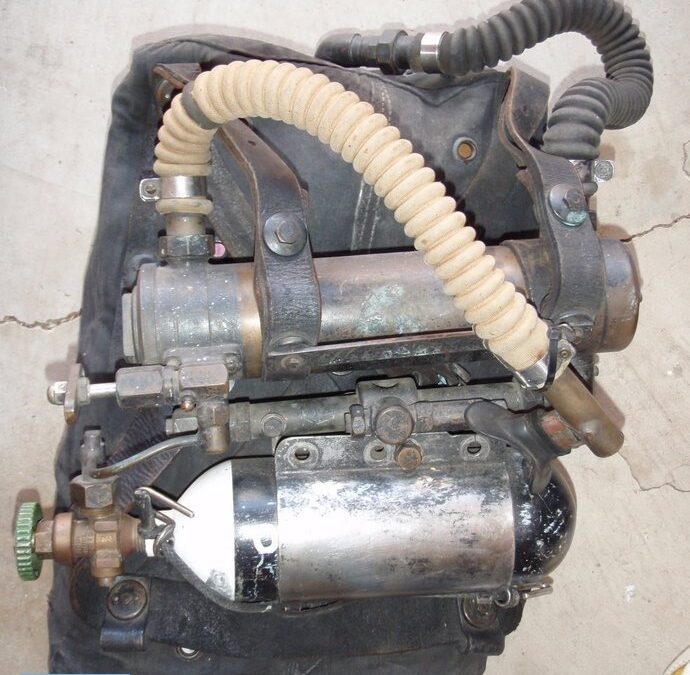
by Jan Willem Bech | Database OX unknown
fr This old rebreather This unknown model could be build in Australia.
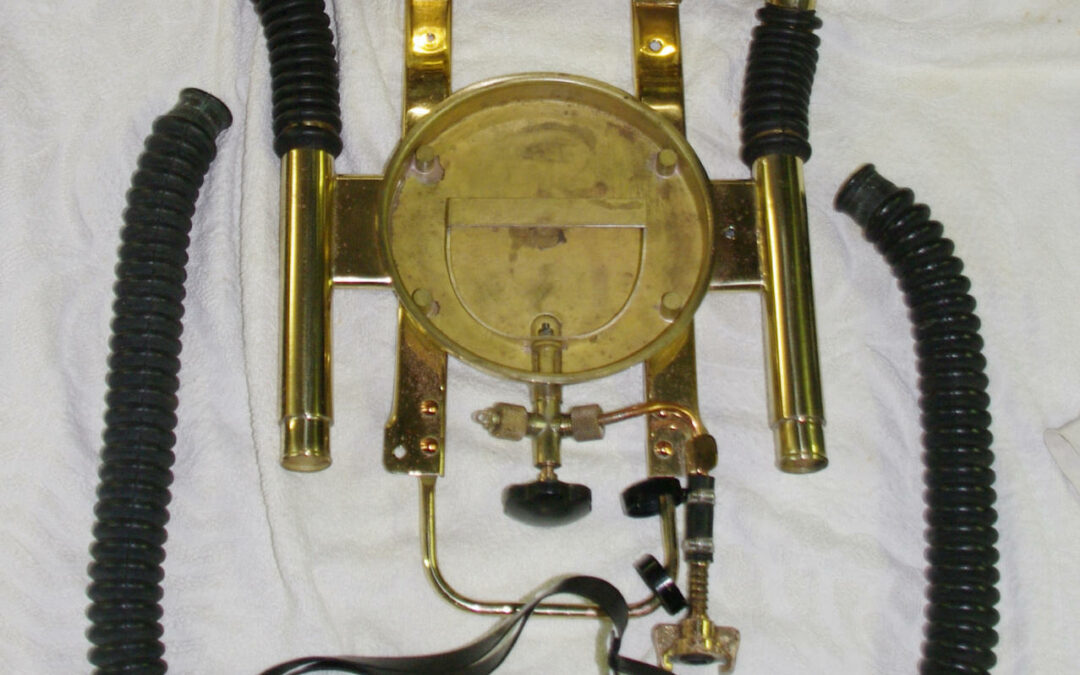
by Jan Willem Bech | Database OX unknown
fr Brass French unit This magnificent unknown rebreather is believed to have a French origin. The unit appears to have been produced in the periodel 1940-1960. The twin hose model indicates a period after 1940. Do you know what type of rebreather this...
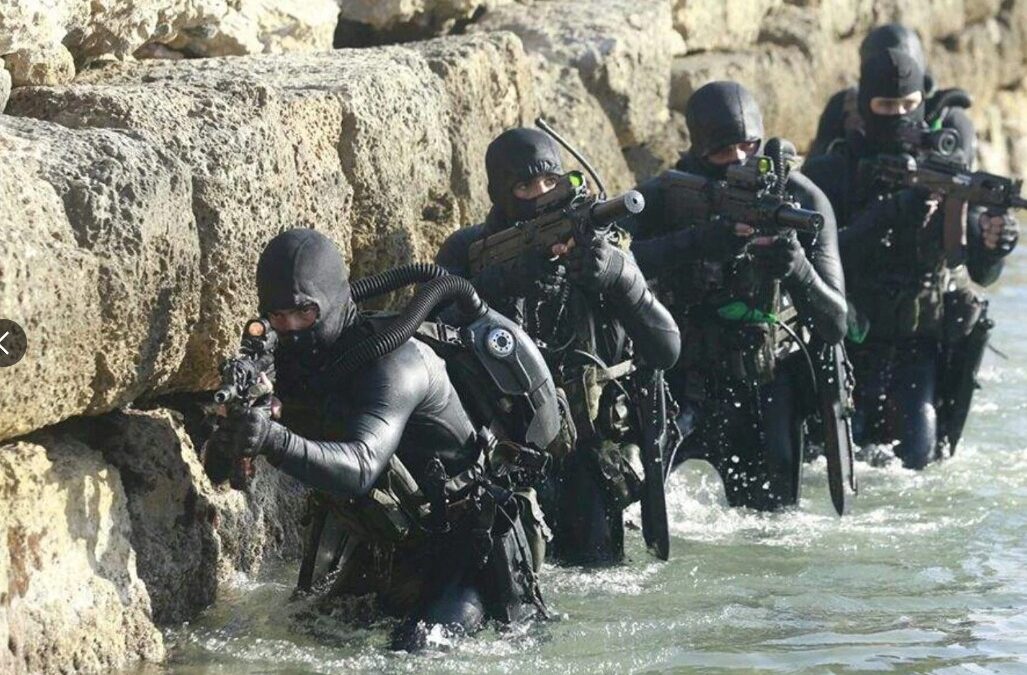
by Jan Willem Bech | Database OX ISR
il The secret oxygen rebreather of S’13 Israel’s Special forces have a long history with ups and downs. The link below refers to a page (Portuguese) where much information can be found about the history of the Shayetet 13 also called s’13. The elite...
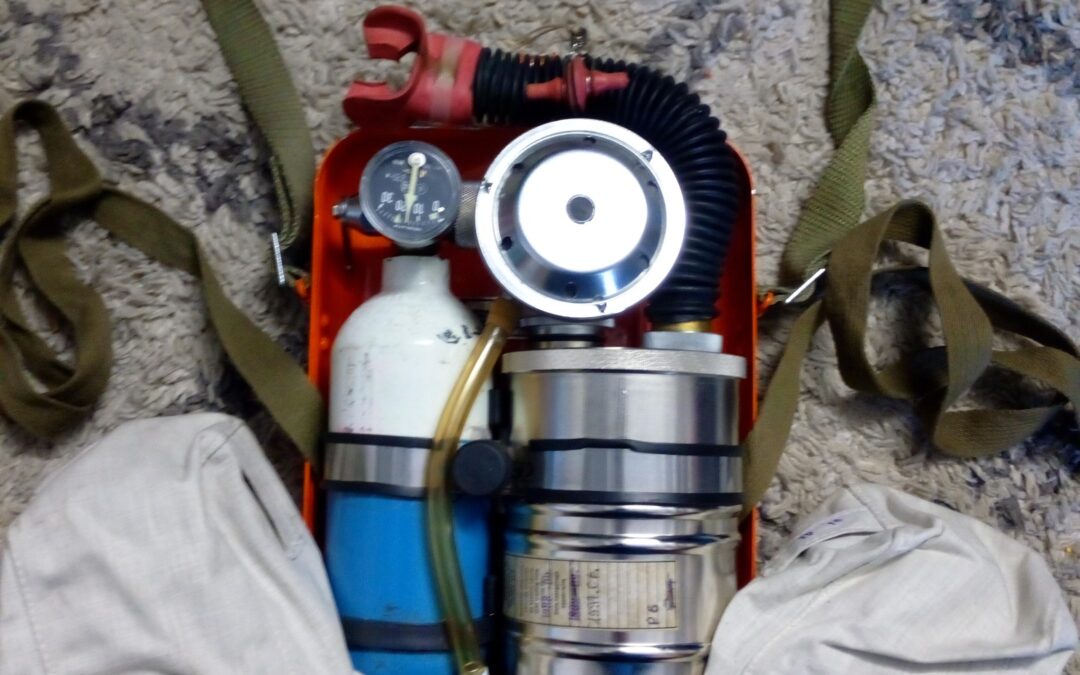
by Jan Willem Bech | Database OX POL
pl Thanks to Pawel from Poland, you can get acquainted with the Polish oxygen rebreather model AUG L. This particularly well-constructed unit is mainly used in environments with hazardous gases, such as for firefighting and mine rescue operations. It is available in...
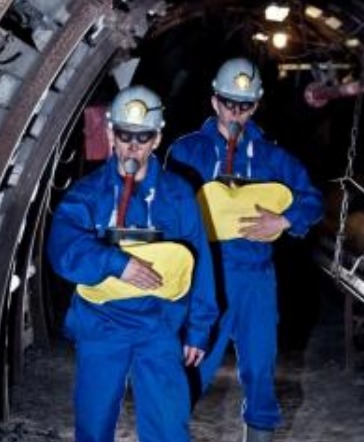
by Jan Willem Bech | Database OX POL
pl Self-rescue systems are designed to escape from a hazardous atmosphere. These devices are not designed to enter a hazardous atmosphere. The operation is quite similar of all these types of devices. Inside the device is an oxygen candle that is activated with a...
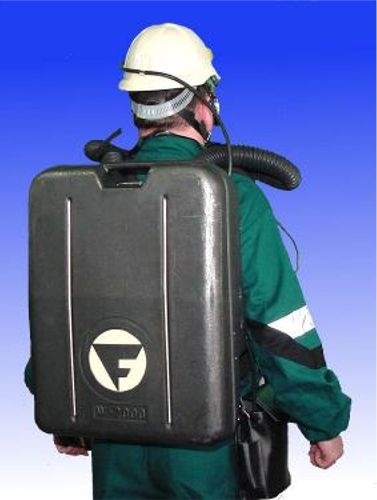
by Jan Willem Bech | Database OX POL
pl W-2000 regenerative apparatus is the successor to the well-known W-70 oxygen apparatus. It is designed to protect the respiratory system during rescue work in an atmosphere that is not suitable for breathing, as well as other work requiring a long period of...
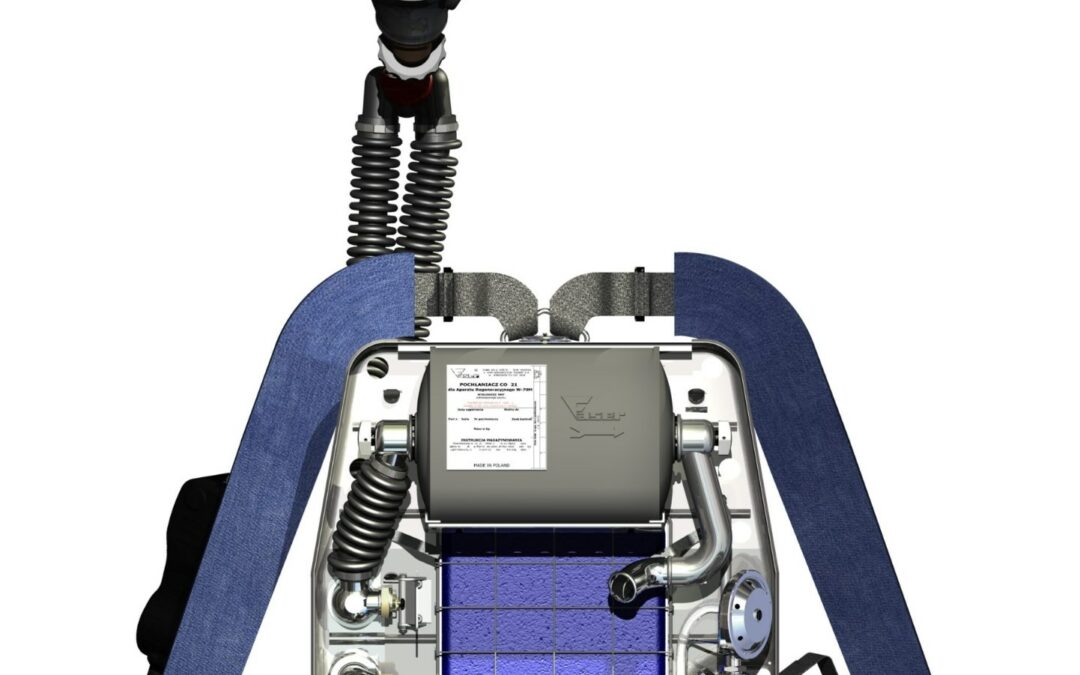
by Jan Willem Bech | Database OX POL
pl Faser minerescue oxygen rebreather W-70M Regenerative apparatus W – 70M The W-70M regenerative respirator is designed to protect the respiratory system during rescue work in an atmosphere that is not suitable for breathing, as well as other work requiring a...
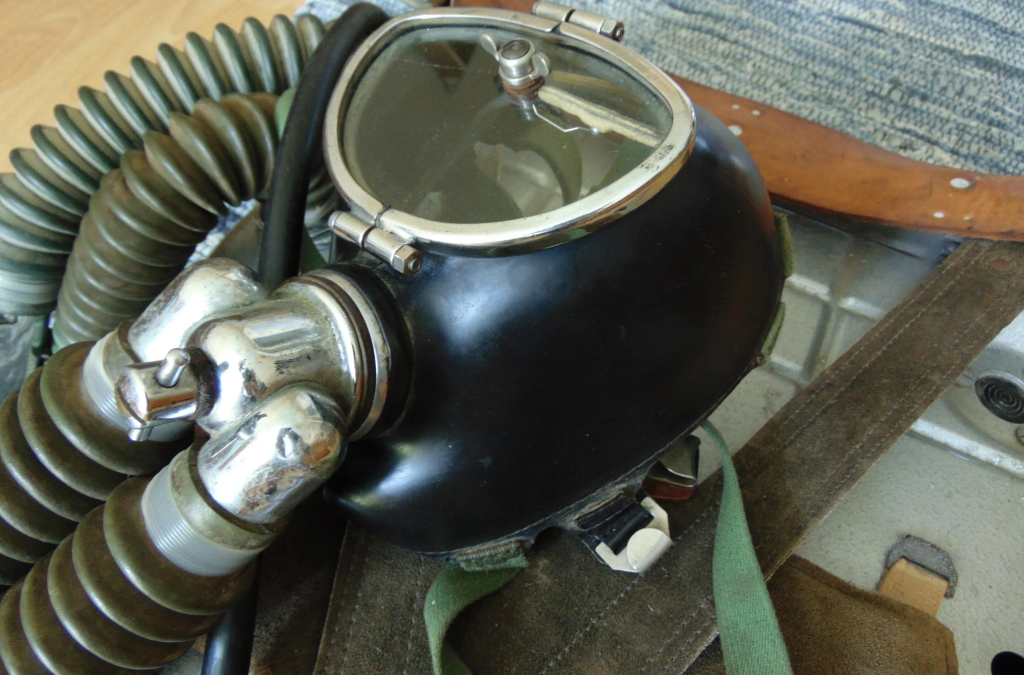
by Jan Willem Bech | Database OX POL
pl The Faser W-70 mine rescue oxygen rebreather Faser’s Oxygen rebreather Model W-70 is designed for use in industry or mines. The unit is available in a 2 or 4-hour version. Its successor the W70 M is a more modern version of the rebreather shown.It has a 2...

























